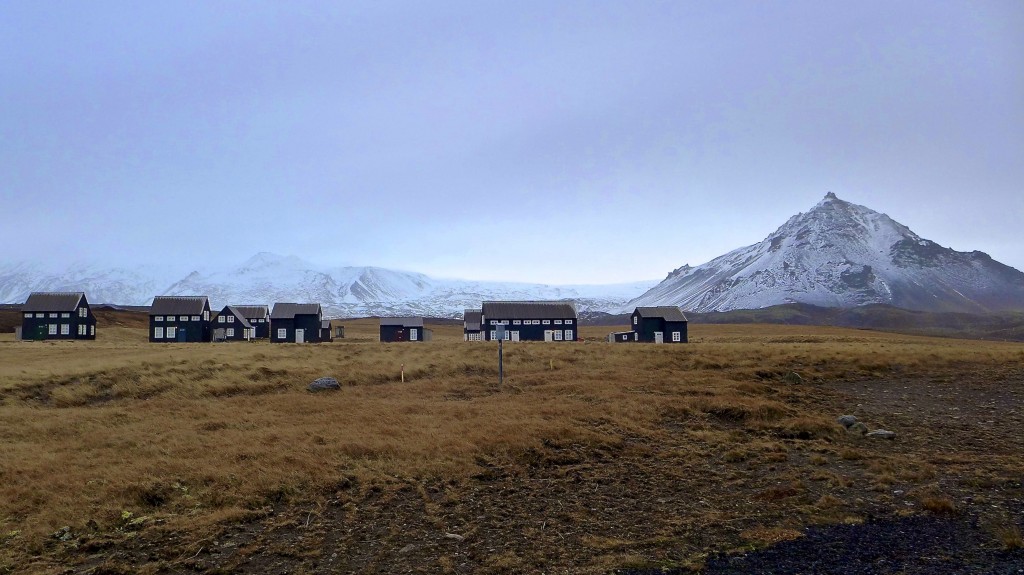In the eighth installment of the Urban Juxtapositions series profiled in Planetizen on January 16, Chuck Wolfe asks if we are using the right language when it comes to densifying urban spaces.
In an illustrated essay that travels from Chicago's Millennium Park to the scaled settlements of Western Iceland, Chuck Wolfe follows up on questions posed early-on in his Urban Juxtapositions series about conceptual approaches to the overlaps, overlays and crossroads of today's city.
The focus? Expectations of "congruity" in urban development:
For many, a dramatic contrast in height, bulk and density is the recipe for “incongruity”. But, in a larger sense, don’t today’s urban centerpieces by definition show the latent “incongruities” of city life?
Wolfe casts "urban blending" and any associated quest for balance as a search for harmony and agreement far more complex than physical appearance, in a comprehensive fashion not limited by ambiguous words:
In other words, the “incongruity” that some would malign as an uneven landscape of height and imbalance, becomes a treasure-trove of irregular, provocative architecture and investment. This investment generates aesthetic and monetary capital to enhance, and not detract from, the public realm nearby.
Offering contrasting examples of classic Icelandic landscapes as instances of "authentic harmony and agreement", Wolfe urges distinction between the balance humans still carry out in the raw landscapes of simpler places and the the vocabulary of balance often sought in in the urban context.
He concludes:
If we remember these nuances in urban setting today, we will better understand that balance and “congruity” are not absolutes, but end-games with multiple meanings, dependent on context, and careful reflection.
FULL STORY: urban blending and the mythical search for 'congruity' in the city

National Parks Layoffs Will Cause Communities to Lose Billions
Thousands of essential park workers were laid off this week, just before the busy spring break season.

Retro-silient?: America’s First “Eco-burb,” The Woodlands Turns 50
A master-planned community north of Houston offers lessons on green infrastructure and resilient design, but falls short of its founder’s lofty affordability and walkability goals.

Delivering for America Plan Will Downgrade Mail Service in at Least 49.5 Percent of Zip Codes
Republican and Democrat lawmakers criticize the plan for its disproportionate negative impact on rural communities.

Test News Post 1
This is a summary

Test News Headline 46
Test for the image on the front page.

Balancing Bombs and Butterflies: How the National Guard Protects a Rare Species
The National Guard at Fort Indiantown Gap uses GIS technology and land management strategies to balance military training with conservation efforts, ensuring the survival of the rare eastern regal fritillary butterfly.
Urban Design for Planners 1: Software Tools
This six-course series explores essential urban design concepts using open source software and equips planners with the tools they need to participate fully in the urban design process.
Planning for Universal Design
Learn the tools for implementing Universal Design in planning regulations.
EMC Planning Group, Inc.
Planetizen
Planetizen
Mpact (formerly Rail~Volution)
Great Falls Development Authority, Inc.
HUDs Office of Policy Development and Research
NYU Wagner Graduate School of Public Service





























